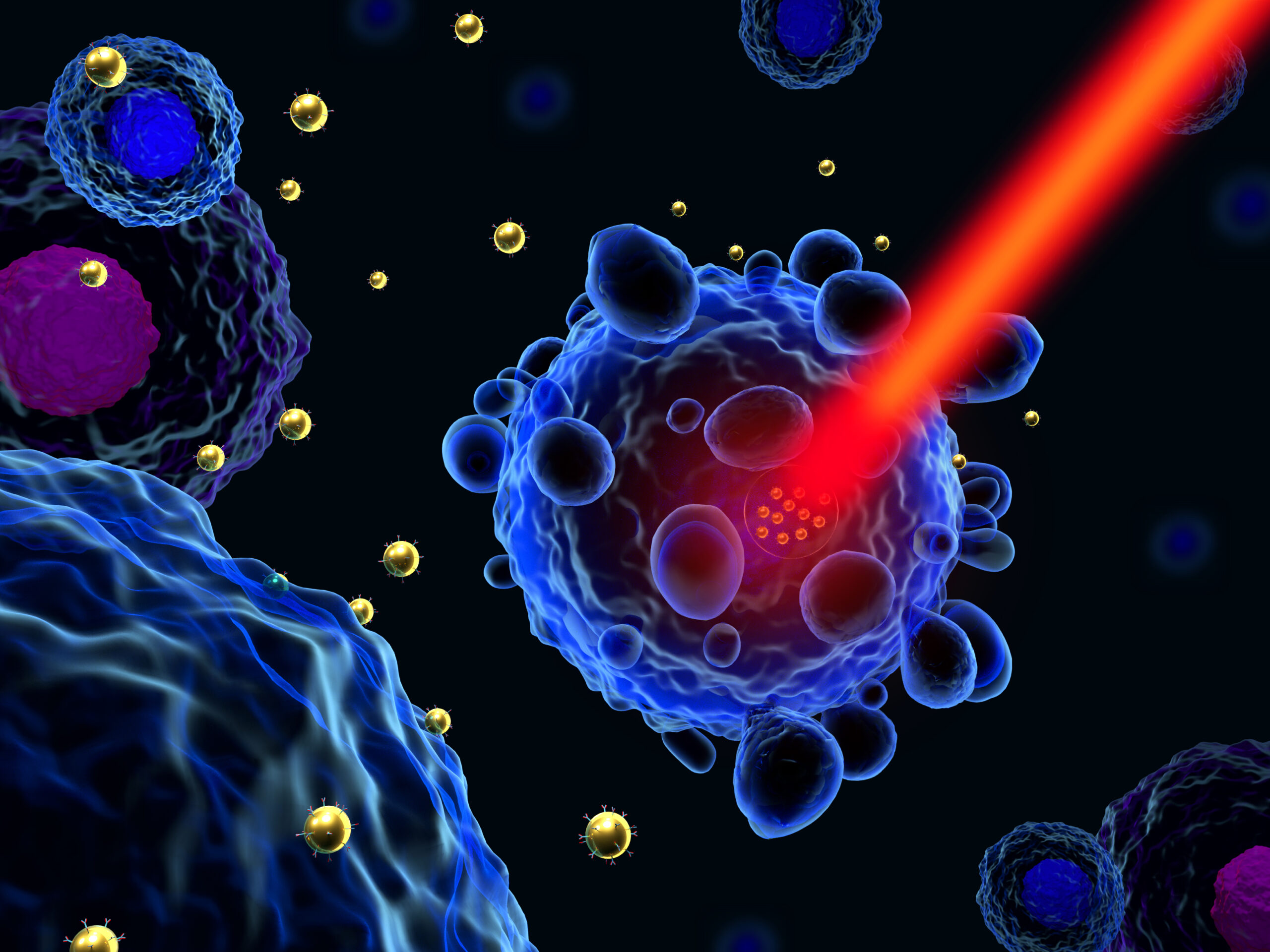Nanotechnology, the realm of the infinitesimally small, has revolutionized fields ranging from medicine to electronics. At the heart of this revolution lie nanoparticles—tiny structures with immense potential. Understanding their history unveils a narrative of scientific breakthroughs, innovative applications, and promising future prospects.
Early Beginnings
The concept of nanoparticles traces back to ancient times, albeit unknowingly. Artisans in 9th-century Mesopotamia used gold and silver nanoparticles to produce vibrant pottery glazes, unknowingly pioneering early nanotechnology. Fast-forward to the 20th century and significant strides were made in understanding nanoparticles’ properties and potential applications.
Milestones in Nanoparticle Research
The 1950s marked a turning point with the advent of electron microscopy, allowing scientists to visualize nanoparticles for the first time. Concurrently, advances in chemistry enabled the synthesis of nanoparticles with precise control over size and shape. This laid the groundwork for their exploration in various scientific disciplines.
Nanoparticles in Medicine
One of the most impactful applications of nanoparticles emerged in medicine. In the 1980s, researchers began exploring nanoparticles for drug delivery to enhance therapeutic efficacy while minimizing side effects. This led to the development of targeted drug delivery systems using nanoparticles as carriers, capable of navigating the body’s complex biological environments.
Beyond Medicine: Nanoparticles in Industry and Environment
While medicine remains a prominent arena, nanoparticles have permeated diverse industries. In electronics, nanoparticles enable advancements in displays, batteries, and sensors. Environmental applications include pollution remediation and water purification, leveraging nanoparticles’ unique catalytic and adsorptive properties.
Challenges and Ethical Considerations
Despite their promise, nanoparticles history pose challenges. Concerns about their environmental impact and potential toxicity require thorough evaluation. Ethical considerations regarding privacy and surveillance in nanotechnology-enabled devices also warrant attention as their deployment increases.
Future Directions
Looking ahead, the future of nanoparticles appears promising. Continued research aims to refine their synthesis, improve biocompatibility, and expand their applications. Emerging fields like nanorobotics and nanoscale imaging hold the potential for transformative breakthroughs in healthcare and beyond.
Conclusion
In conclusion, the journey of nanoparticles—from ancient pottery glazes to cutting-edge biomedical applications—reflects humanity’s relentless pursuit of innovation. As we unravel their potential, it becomes clear that nanoparticles are not just particles but agents of change, poised to redefine industries, improve healthcare, and address global challenges. Embracing their history equips us to navigate their future responsibly, ensuring that the promise of nanoparticles is realized for future generations.

